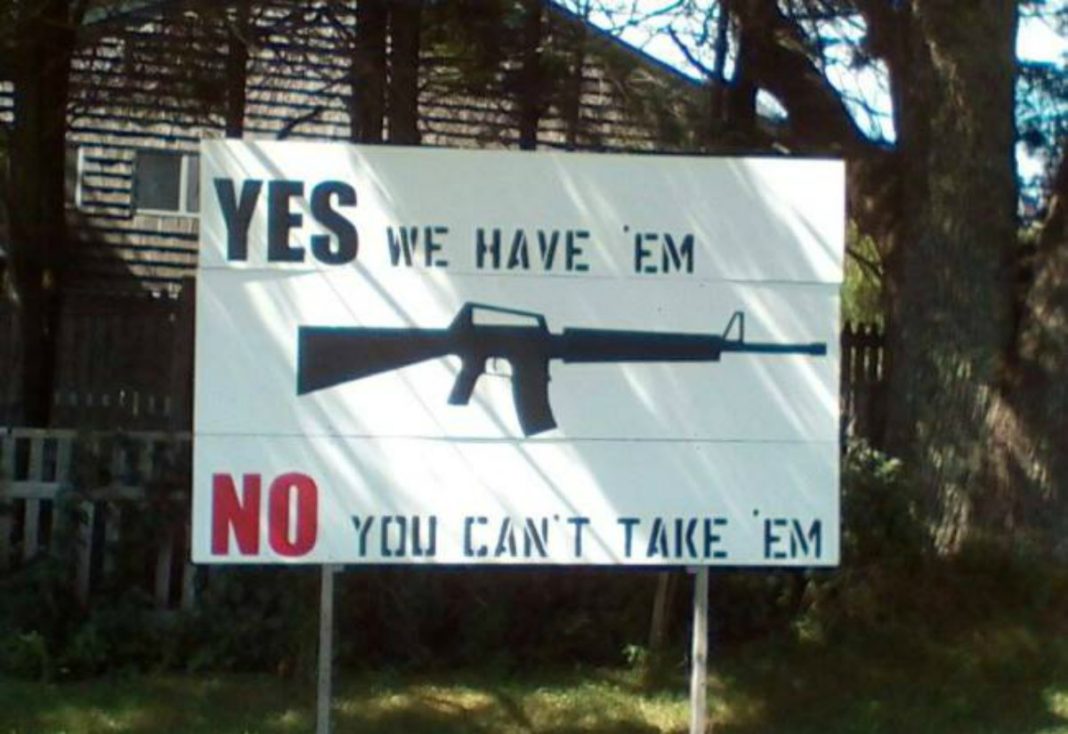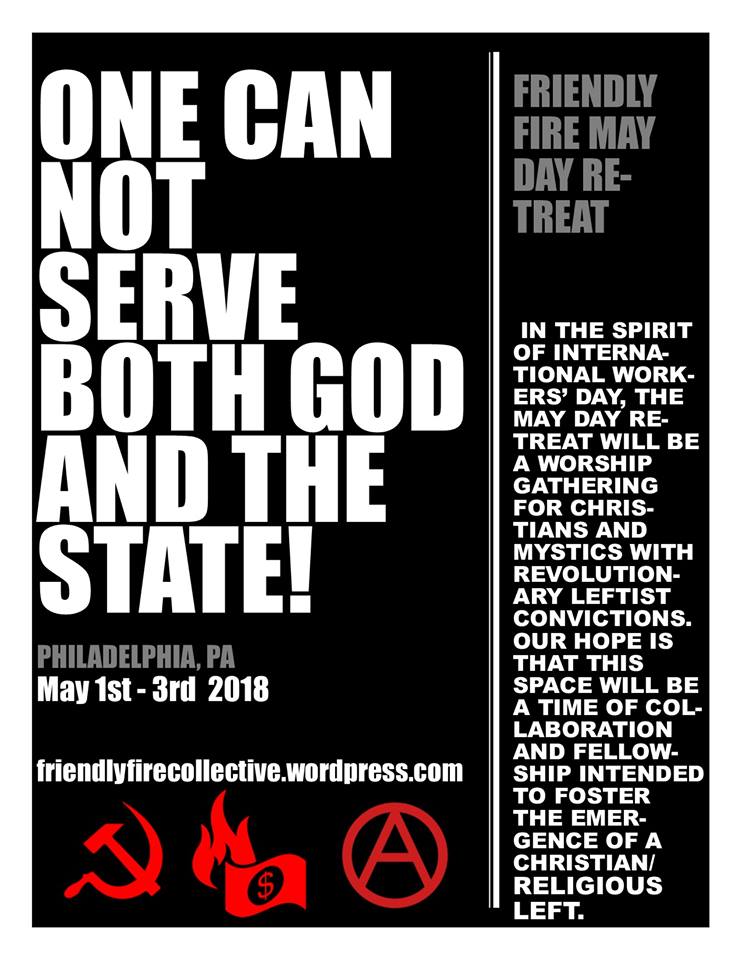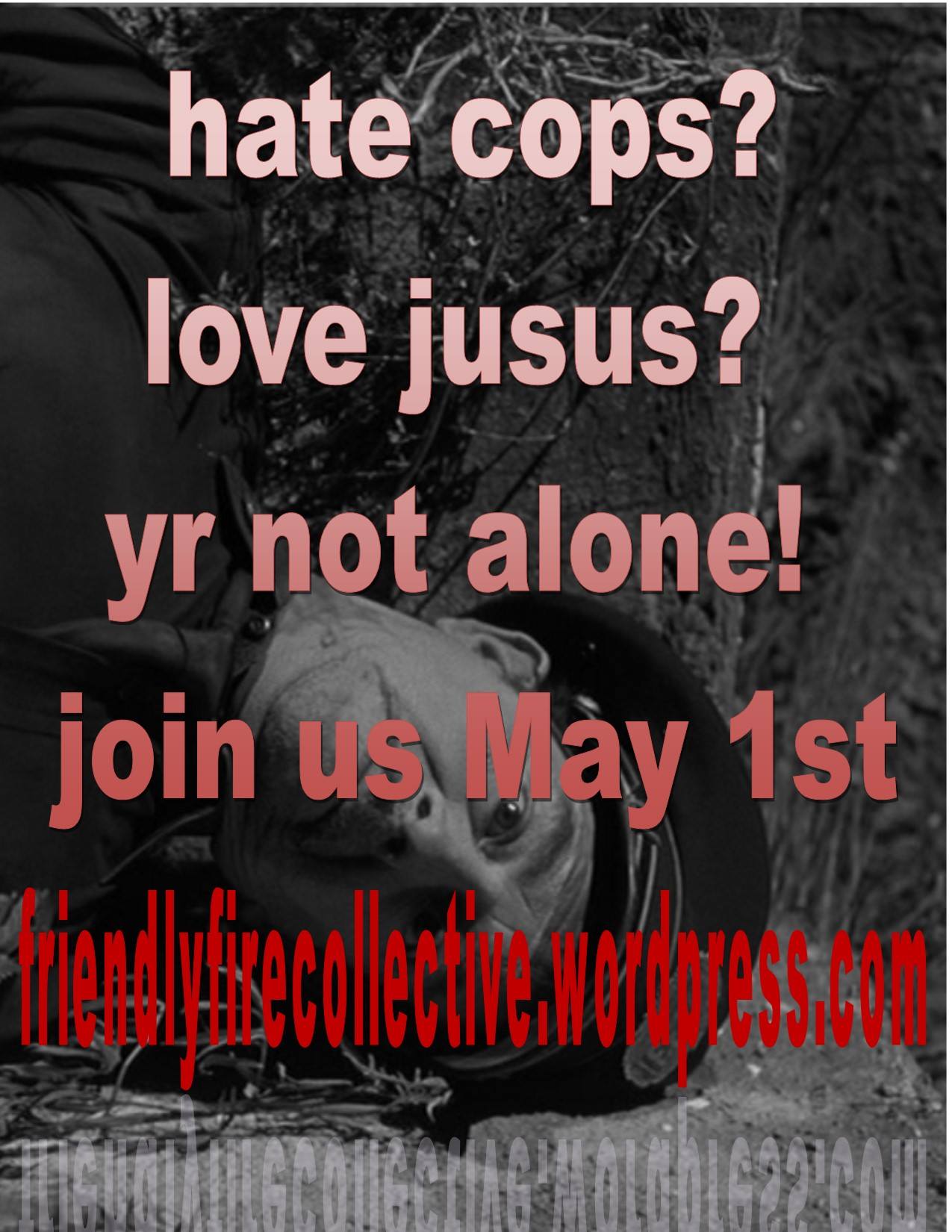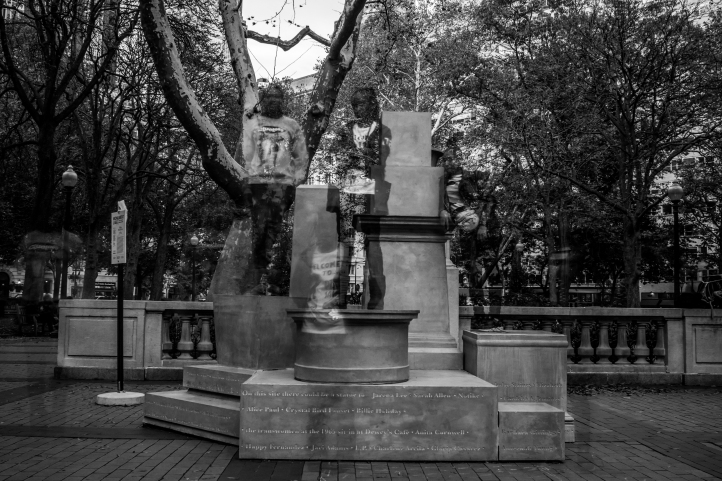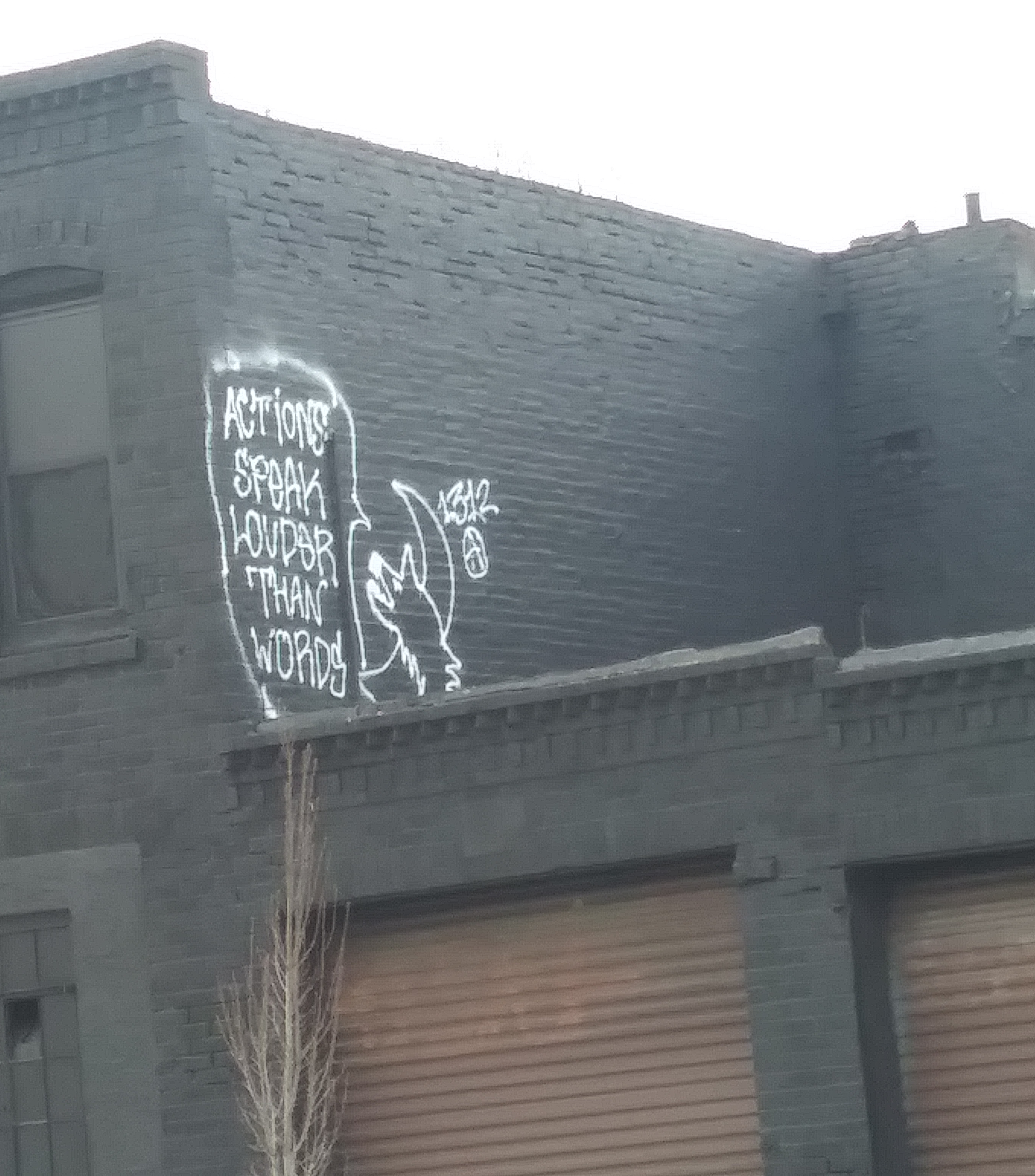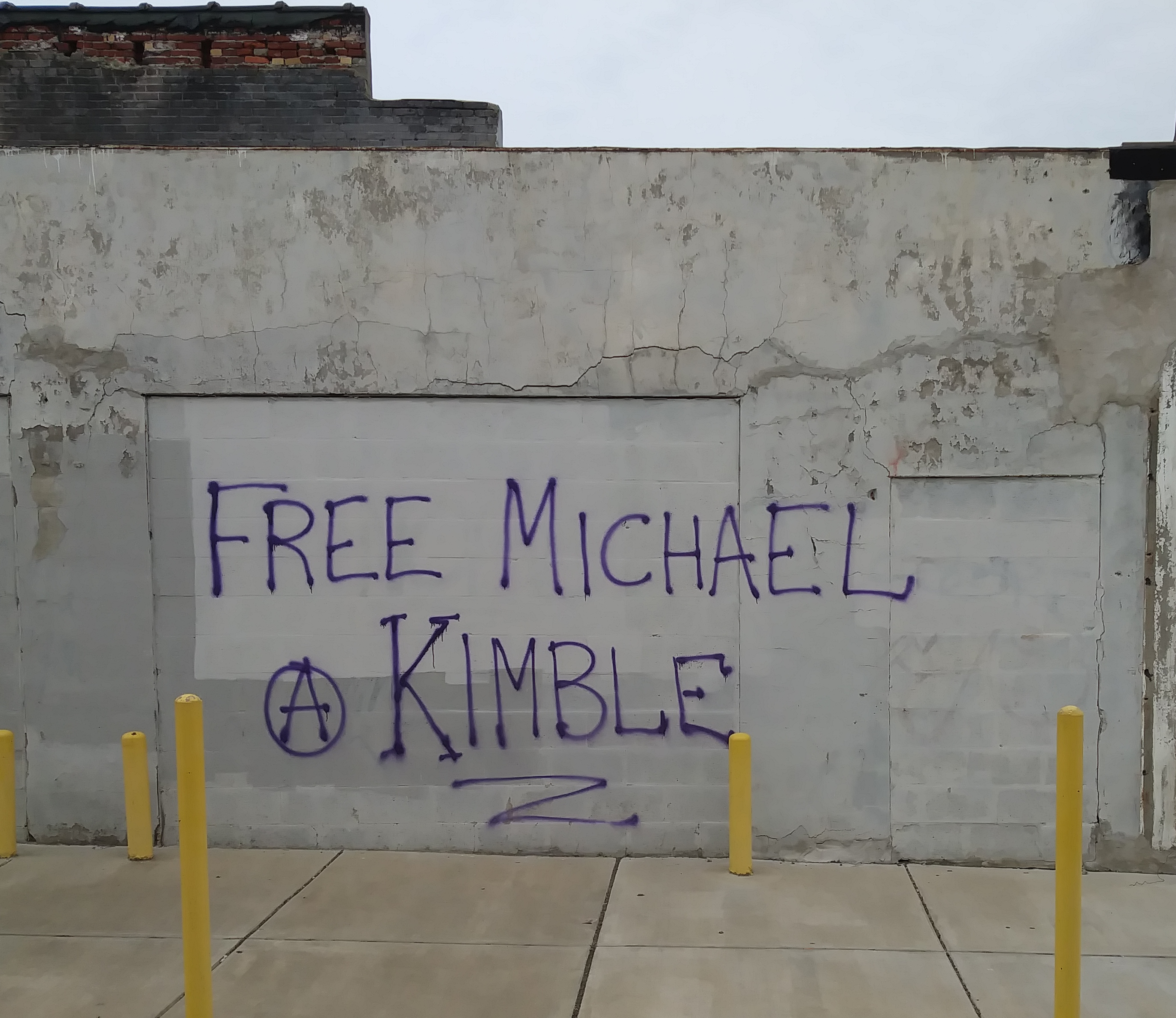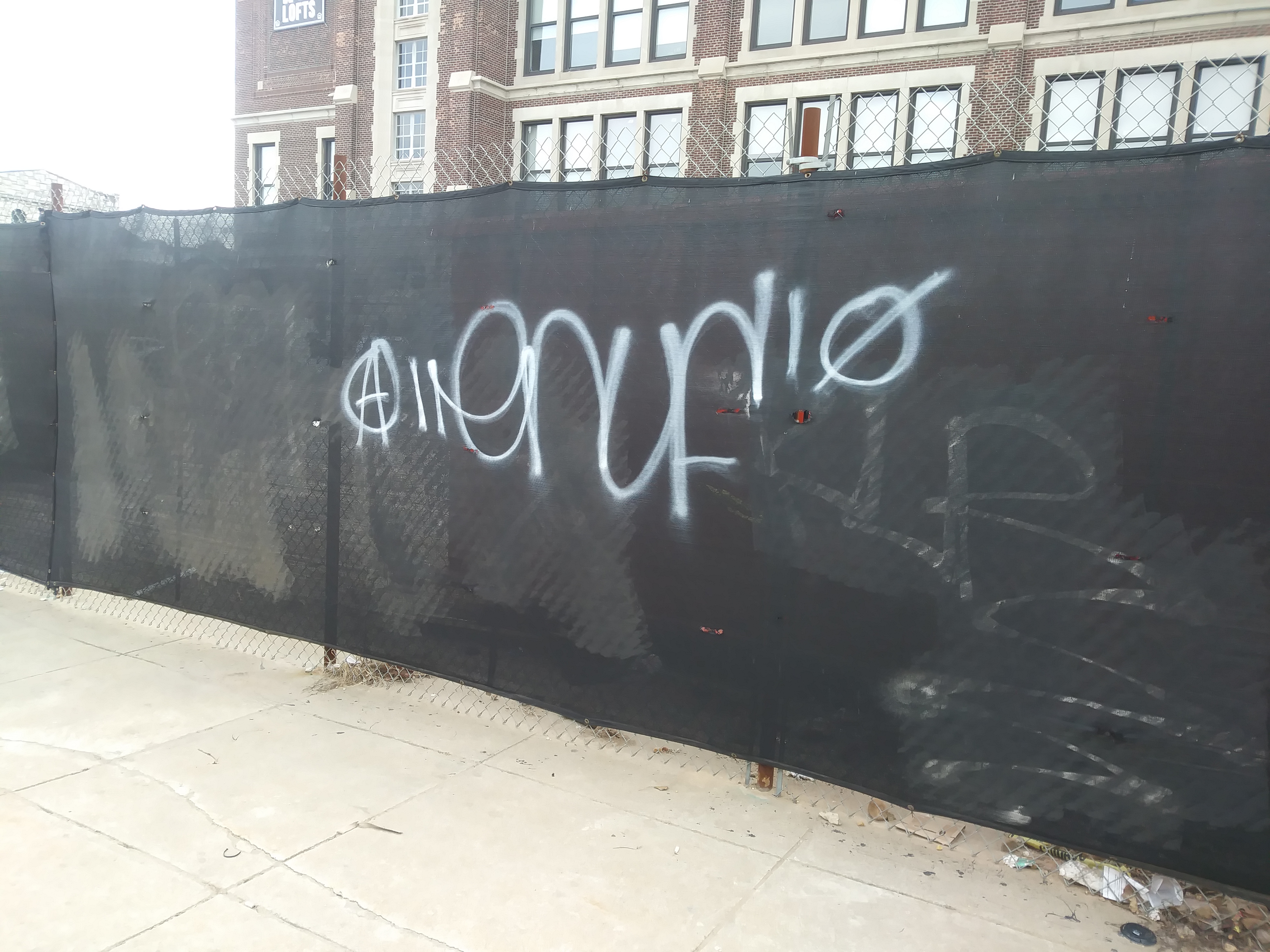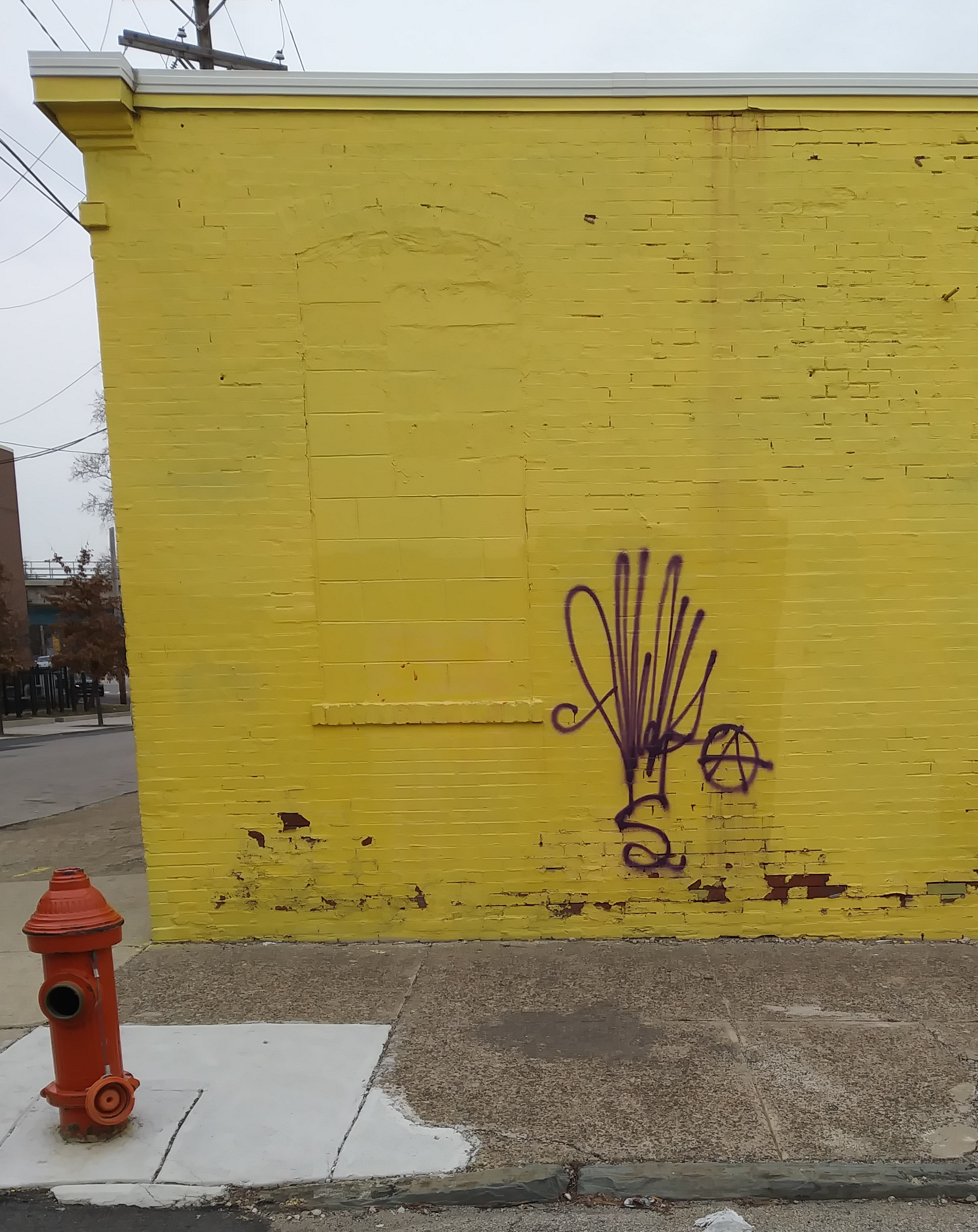from Anathema
There have been so many mass shootings in recent years that they rarely get national coverage unless they set a new record, precedent, or it is a slow news day. They have been on the rise to such a degree that the United States has been averaging one school-specific shooting a week. In the aftermath, wherever the shooting occurs, blame is always assigned to political agendas, religious radicalism, advanced weaponry, mental health, or whitewashed for the sake of maintaining order in a way that assigns no blame to “random” or “thoughtless” crimes – the latter being most often assigned to white male shooters. But the return to calls for gun control most disempower the marginalized and reinforce the same authority that murders with impunity.
Mass shootings are said to have begun with a white military veteran in Camden, NJ in 1949, who bought the Luger he used in Philadelphia, the day after he had felt scorned by a lover. The story is too familiar, but the idea that this was the first mass shooting ignores the massacres of indigenous people on this continent by white settler-colonialists that have contributed to Native American genocide (like the nearby Conestoga Massacre of 1763, at least some of which occurred without guns). Still, it is of note in that “the first mass shooter” murdered 13 people and wounded 3 with only a pistol, and not anything resembling the AR-15 that has been so focused on lately. More to the point, mass killings preceded the existence of semi-automatic weapons and largely targeted non-white people.
It was only when non-white people picked up the gun to defend themselves that gun control became a popular political stance. Some of the less-remembered gun control advocates of the past include a post-Civil War Ku Klux Klan, the National Rifle Association, and California Governor Ronald Reagan, who sought to prevent Black Panthers from carrying loaded rifles while patrolling their neighborhoods or protesting at government buildings. Before Reagan signed the bill that outlawed such practices, there were reported occurrences of Black Panthers avoiding unjustified arrest and murder when white police stopped and harassed them on the street by being armed.
Presumably, little has changed from the legal lynchings of the past except that the police have less to fear from civilian elements, as they continue to be criminalized and othered without the fear of return fire as reprisal. Shootings of police in Camden, NJ and upstate PA, which occurred last year after police approached young men, have even been described as self-defense because the police have been known to shoot people with similar profiles for little or nothing in other situations, often to be exonerated for their transgressions later. Gun control has historically sought to keep guns out of the hands of black and brown folks, when it is clear that a gun in hand could keep them alive.
While sympathies lie with those trying to reduce violence in their inner city communities through gun control, it still fails to address the problem. Inner city violence often pits the most marginalized against each other, in attempts to overcome the violence of poverty thrust upon them. The logic of capital, after all, being that one must conquer others in order to move up in the economic strata. As such, one cannot end inner city violence without abolishing capital, as hierarchies (and poverty) are necessary to its operation, as it institutionally brings down violence from the upper echelons onto the lower.
This is why elements of left and anarchist circles have recently renewed advocacy for arming of marginalized peoples, in addition to bringing up concerns regarding civil war with conservative elements that tend to be better armed and more familiar with weaponry. The same conservative element that has been doing research on the best “truck gun” with which to “defend” themselves against protesters who tend to disrupt traffic, as was written about in a recent issue of Guns & Ammo magazine.
The same political associates of white supremacist organizations that are currently calling for armed escalations and lone-wolf murders of their opposition – organizations of which many mass shooters have been members. This, again, in a country where the first machine gun, invented by Richard Gattling, was created to deal with anarchists and other dissenters.
There is no need for romanticization of armed conflict and related imagery, but there is a real need to know how to defend ourselves from the threats we face. And the threats we face include murderous white supremacists, governments, and even gun manufacturers, who favor disarming and killing dissenters whenever they can get away with it – indeed there is significant historical precedent from Haymarket, to massacres of striking workers and their families, to the biased trials and execution of “reds.”
Yet none of this gets down to perhaps the most significant contributing factor to an increasingly violent society – the continued alienation by and violence of civilization at large. The division of labor, especially along gendered lines, and the creation of private property that resulted from the agrarian revolution that birthed civilization marked a notable development in the existence of hierarchies. Gender and racial divisions might not exist on the same level, if at all, without this development. The degradation of the environment, our separation from the natural world, and our separation from each other have been steps in a process that have increased rates of depression, anxiety, suicide, in addition to mass shootings. The New York Times reported a steady increase of suicides over the last 30 years, with 42,773 recorded in 2014 – not a sign of an healthy society.
In such a society, built on and maintained by violence, any attack on its institutions can be painted by the marginalized as self-defense. But framing the argument is perhaps less interesting than an attack that actually inspires and destabilizes, without the possibility of recuperation.
Gun control won’t stop the police from murdering people every single day. It won’t stop the military from imperializing and murdering abroad. It makes sure those forces are likely to be the few who have guns. Gun control won’t stop the cycle of violence perpetuated by poverty and authority. Those most prone to suffering violence at the hands of institutional oppressors are the ones whose survival is most inhibited by those measures, including those that intend to dismantle the root causes of those oppressions. The patriarchal and white supremacist entitlement that empowers both individual and group “mass shooters” can only be halted after the toppling of institutions that teach them they are right (i.e. churches, schools, government). And the alienation that drives people to senselessly murder will only cease after unplugging a civilization that drives us apart, mediating interactions through screens and algorithms, to reconnect with a simpler way of life.
